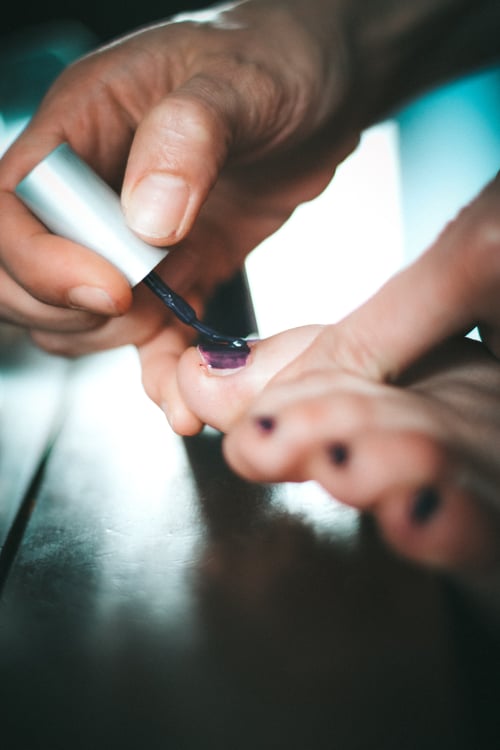
Having an ingrown toenail is a relatively common condition that occurs when the side or corners of your toenail grows into the soft sides of your toe. This understandably causes redness, pain, swelling, and in some more severe cases, infection. While ingrown toenails can occur on any toe, they most often happen on your big toe.
Symptoms of an Ingrown Toenail
If you aren’t sure your issue is actually an ingrown toenail, consider the following common symptoms associated with the condition:
- Swelling in the area around the affected toe.
- A redness around the area.
- Tenderness or outright pain along either sides or both sides of your toenail.
- Signs of infection around your toenail.
How to Treat an Ingrown Toenail
Some people try treating their ingrown toenail at home, with varied success. You can soak your toe in warm water, apply over-the-counter antibiotic ointment to prevent or reduce an infection or take a pain relieving medication to reduce the swelling and pain in the area. However, these remedies don’t always work, and even when they do, sometimes, the ingrown toenail will continue to cause problems until you seek help from a foot doctor. Therefore, it’s often easier to just see a doctor for the condition.
When to See a Doctor About Your Ingrown Toenail
While it’s understandable for many people to try to treat their condition at home, it’s often best to seek the help of a skilled professional who understands how to treat this painful condition effectively. It’s important to note, though, that if the following factors apply to you, you shouldn’t try to treat your condition at home but instead get in to see a foot doctor as soon as possible:
- You have any condition like Diabetes that negatively affects the blood flow to your feet, or you have a sore in the area.
- You have redness that seems to be spreading or notice pus around your toenail, indicating the presence of a full-blown infection.
Why You Can’t Just Let it Go
There are some severe complications if you don’t have your ingrown toenail properly treated. For example, it can eventually lead to a bone infection and severely impact the underlying bone in your toe. In addition, this minor condition can cause severe problems for those with diabetes, as even this small issue can advance and eventually cause nerve damage or impact the blood flow to the foot.
Preventing Ingrown Toenails
While you can’t do anything to prevent a condition that is already present, it’s a good idea to know some ways to prevent ingrown toenail recurrence after treatment. They are as follows:
- Trim Toes Straight Across: Never angle your toenails when trimming, instead trim them straight across. This will reduce the risk of your nail curving into the side of your toe.
- Don’t Cut Nails Too Short: Ideally, your toenails will be even with the tip of your toe. They should not be too short because if you do this, the pressure your shoe naturally puts on the now exposed flesh of your toe can cause the nail to grow improperly.
- Make Sure Shoes Fit: Your shoes should fit properly and not be too tight on your toes, causing them to bunch together and put excessive pressure on your toes as they jam together.
Bottom Line
Even though ingrown toenails are a minor condition, they can cause major pain and serious problems if left untreated. Contact us today to schedule a visit to treat this painful condition once and for all.






